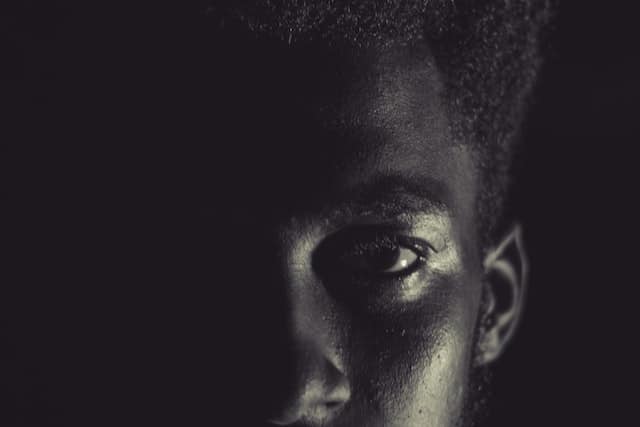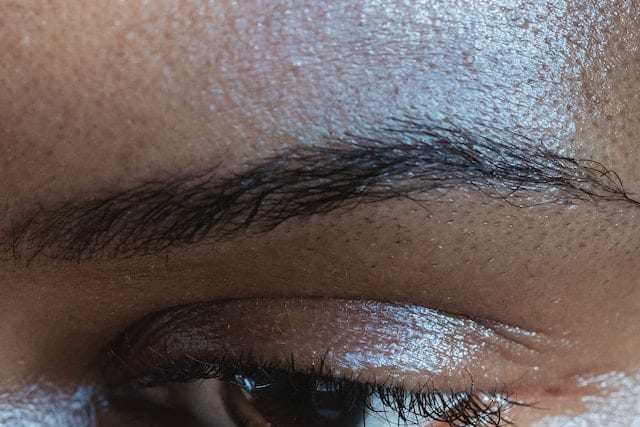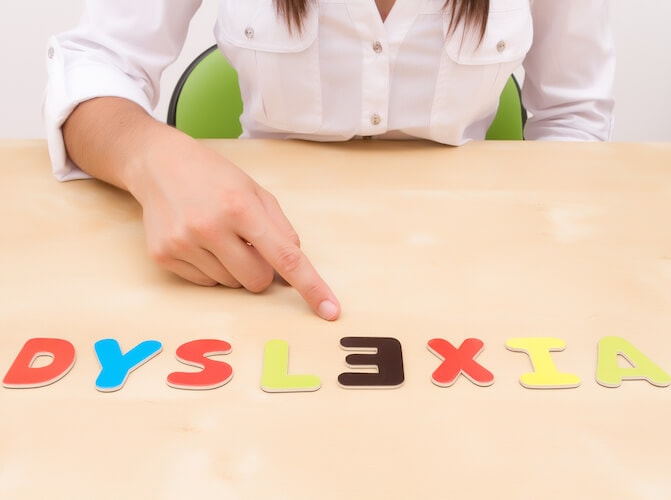Making use of their own bionic vision technology and neurobionic capabilities, Monash University researchers in Melbourne, Australia, have found a way that may totally change the lives, and the world view, of millions of people currently living without sight. To bring these people back from the darkness towards the light, they’ve developed a cortical vision device, which, after 10 years of development, is on the point of starting human clinical trials.
Tiny Tiles Placed on Brain Surface
The device, a world-first designed to stimulate parts of the brain which are not functioning properly, forms part of the Gennaris bionic vision system developed by the Monash Vision Group’s Cortical Frontiers project. It’s made up of custom-made headgear complete with its own camera and wireless transmitter as well as a vision processor unit powered by software, which are connected to a set of tiny (9x9mm) electronic tiles which are at the core of the wireless system. These tiles are designed to be implanted on the brain’s surface at points where the transmission of information between the retina and the brain’s vision centre is compromised, and could therefore be responsible for the vision loss.
The system operates in a similar way to that of the visual system. The headgear’s video camera takes pictures of the scene around the wearer, and the pictures taken are then sent on to the vision processor, where the most important information is extracted, and transmitted as data to the complex circuitry in the electronic tiles. There it is processed again, this time in order to turn the data sent to it into a pattern of electrical pulses which are used to stimulate the brain through fine microelectrodes.
New System Aimed at More than Vision
Reacting to this new development in eye and vision treatments and sight renewal, Australian master of optometry and vision therapy expert, Gary Rodney, welcomed this as a move forward in vision treatment that goes beyond focusing entirely on the eyes, and digs deeper into the treatment of vision problems in the processing part of the central visual system. He said this was especially welcome as it could perhaps bring about what’s often seen as the impossible, by returning sight to those without it.
System May Broaden its Usage to Other Areas
Rodney said vision therapy, operating on a different level, had already shown success with eye training in addressing issues which might be seen as unrelated to vision, such as the inability of a child with cerebral palsy to get out of her wheelchair and stand alone, which was accomplished by addressing an eye-tracking problem with vision therapy.
Already the Gennaris researchers have indicated the bionic system’s usage may ultimately not be restricted to correcting blindness, but also for treating those suffering from other neurological conditions which are currently considered hard to treat, or untreatable, such a limb paralysis, epilepsy, spinal cord injury, depression, and the restoration of other vital senses.
For more information on vision therapy, vision testing and other eye conditions, or to make an appointment, visit the Smart Vision website: Optometrists Sydney: Optometry Services For Children and Adults | Smart Vision; for specific information about Myopia treatment and prevention visit Myopia Prevention: Solutions, Control And Treatment In Sydney; and for detailed information about Myopia Treatment visit Orthokeratology In Sydney: The Non Surgical Alternative.
Book an appointment for a thorough eye check-up or Call the Bondi clinic on (02) 9365 5047 or the Mosman clinic on (02) 9969 1600.







